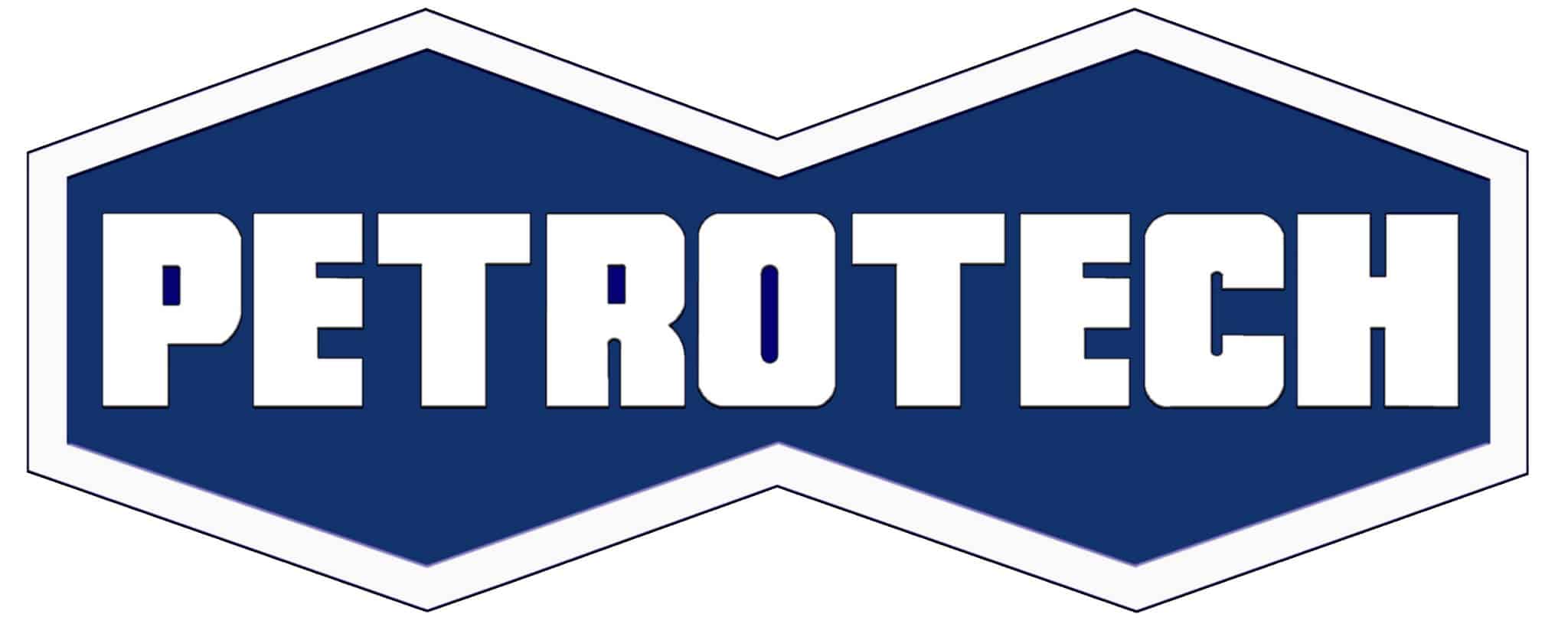
Surge Testing – How Does it Work?
Anti-surge controllers protect compressors by preventing damaging surge conditions while maximizing their operating range (turndown). These controllers use suction pressure and temperature, discharge pressure and temperature, and either suction or discharge flow to determine the surge limit. Initially, manufacturers provide this limit based on factory data. However, over time, field conditions and equipment wear can cause deviations, requiring recalibration through surge testing.
Why Surge Testing is Necessary
Surge testing ensures the anti-surge control system accurately detects and prevents surge. Testing typically happens in the field after the compressor has been in operation for some time. Several factors can trigger the need for a surge test:
Premature Surge Events – The compressor surges before reaching the calibrated surge limit, indicating a mismatch between actual and programmed conditions.
Excessive Recycling – The system frequently cycles between surge protection and normal operation, suggesting the surge limit is too conservative and restricting performance.
Surge testing allows operators to fine-tune the anti-surge controller, ensuring optimal protection without unnecessary limitations on performance.
How Anti-Surge Control Systems Work
Anti-surge control systems continuously measure the compressor’s pressure-compensated flowrate and compare it to the calibrated surge limit. As the compressor approaches this limit, the controller acts to reduce pressure and increase flow, moving the system away from surge conditions.
However, these systems depend on accurate data. Changes in the piping system, rotor fouling, seal clearances, and variations in process gas composition can shift the actual surge limit over time. Without proper recalibration, the anti-surge controller may underperform, leading to either unnecessary shutdowns or inadequate protection. Surge testing helps identify the precise surge limit, allowing engineers to fine-tune the control system for maximum efficiency.
How Surge Testing is Performed
Developing a Surge Testing Plan
Surge testing places significant stress on the compressor, requiring careful planning to ensure safety and accuracy. Engineers first develop a detailed surge testing procedure, outlining:
- Methods to bring the compressor into surge safely.
- Equipment needed to measure flow, temperature, and pressure.
- Steps to minimize damage and personnel risk.
Inducing a Surge Condition
To trigger a surge, engineers gradually reduce the compressor’s flowrate while increasing pressure. Since surge depends on both flow and pressure, they use different techniques to achieve this condition:
- Restricting the inlet valve – Reducing incoming flow forces the compressor closer to surge.
- Blocking the discharge valve (deadheading) – This method raises discharge pressure while reducing flow.
Engineers must carefully monitor the recycle line because anti-surge controllers often redirect discharge flow back to the inlet. Understanding this flow path ensures accurate test results.
Detecting Surge and Recording Data
During testing, engineers slowly decrease flow toward the surge limit in small increments. As the compressor nears surge, they observe for oscillations in the flow measurement system, a key indicator of incipient or light surge.
Once oscillations appear, they record the flow, pressure, and valve positions. If necessary, they induce a controlled surge event to confirm the limit. However, stopping at incipient surge helps prevent damage to the compressor and seals.
After collecting the data, engineers adjust the anti-surge controller settings to match the updated surge limit, restoring the system to normal operation.
Petrotech’s Expertise in Anti-Surge Control
Since 1978, Petrotech has provided advanced anti-surge control solutions for oil and gas, power generation, marine, and industrial automation industries. Our custom-built controllers offer real-time protection, improved efficiency, and reduced downtime.
Why Choose Petrotech?
- Industry-Leading Technology – Our anti-surge controllers use the latest advancements to maximize compressor performance.
- Custom-Tailored Systems – We design solutions that integrate seamlessly with existing equipment.
- 24/7 Support – Our experts provide technical assistance anytime, anywhere.
- On-Site Training Programs – We offer customer-specific training, ensuring operators fully understand and optimize their control systems.
Petrotech helps businesses increase efficiency, improve safety, and enhance profitability. If you’re looking to upgrade your anti-surge control system, contact us and request a quote today.

